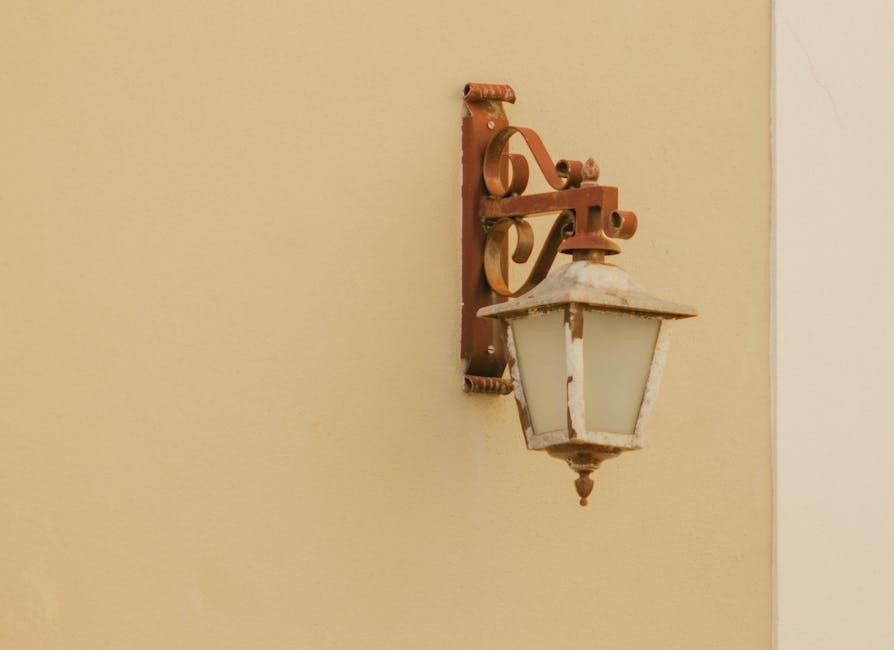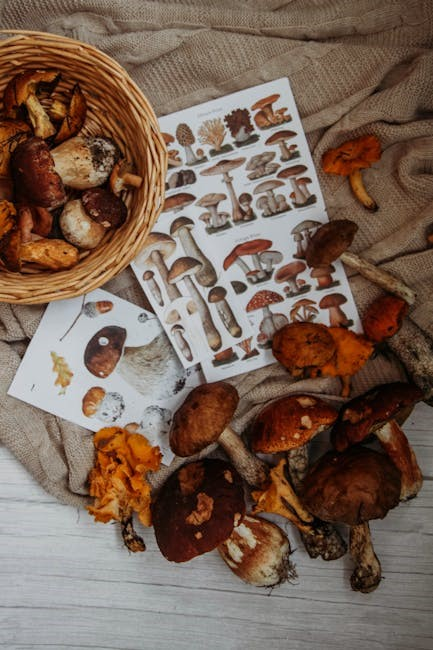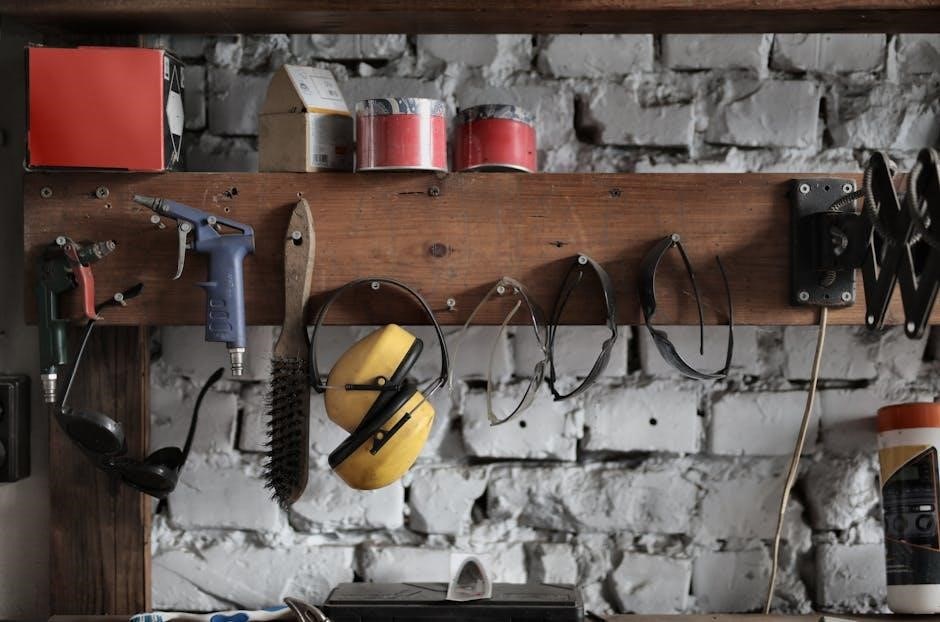Antique cast iron dutch oven identification requires knowledge of markings and patterns‚ found on the
bottom
or
underside
of the oven‚ to determine authenticity and value accurately always online.
Understanding the Importance of Identification
Identification of antique cast iron dutch ovens is crucial for collectors and enthusiasts‚ as it helps determine the oven’s authenticity‚ value‚ and historical significance. The process involves examining the oven’s markings‚ patterns‚ and characteristics‚ which can be found on the bottom or underside of the oven. By understanding the importance of identification‚ collectors can make informed decisions when purchasing or selling antique cast iron dutch ovens. This knowledge also enables them to appreciate the oven’s history and craftsmanship‚ making their collection more meaningful and valuable. Furthermore‚ accurate identification helps to preserve the heritage of cast iron cooking and ensures that these valuable items are passed down to future generations in their original condition‚ with their historical significance intact‚ and their value appreciated‚ through online research and expert guidance always available.

History of Cast Iron Dutch Ovens
Cast iron dutch ovens originated in the early 18th century‚ with
historical
roots in European cooking‚ always online available.
Evolution of Cast Iron Cooking
Cast iron cooking has undergone significant evolution over the years‚ with various techniques and recipes emerging. The use of cast iron dutch ovens has been particularly notable‚ with many chefs and home cooks swearing by their versatility and heat retention properties. Online forums and communities have also played a crucial role in shaping the evolution of cast iron cooking‚ with enthusiasts sharing their experiences and tips on how to get the most out of their cast iron cookware. The rise of social media has further accelerated this trend‚ with many food bloggers and influencers showcasing their cast iron creations and inspiring others to try new recipes and techniques. As a result‚ cast iron cooking has become more accessible and enjoyable than ever‚ with a wide range of resources available to those looking to explore its many benefits and possibilities.

Key Characteristics for Identification
Identifying antique cast iron dutch ovens involves examining the
handle
and
lid
for distinctive features always found online daily.
Molder’s Marks and Foundryman’s Initials
Molder’s marks and foundryman’s initials are crucial in identifying antique cast iron dutch ovens‚ as they provide information about the manufacturer and production date‚ with each mark being unique to a specific foundry‚ allowing collectors to trace the oven’s history and origin‚ and some marks are more rare than others‚ making them highly valuable to collectors‚ and can be found on the bottom or underside of the oven‚ and are often accompanied by a pattern number or other identifying features‚ and by examining these marks‚ collectors can determine the authenticity and value of the dutch oven‚ and make informed decisions when purchasing or selling‚ and the marks can also provide insight into the evolution of cast iron cooking and the development of different manufacturing techniques over time‚ and are an essential part of the identification process.
Pattern Numbers and Size Identification
Pattern numbers and size markings are typically found on the
bottom
of antique cast iron dutch ovens‚ helping identify the piece accurately always online every time.
Griswold and Iron Mountain Pattern Numbers
Griswold and Iron Mountain pattern numbers are crucial for identifying antique cast iron dutch ovens‚ as they provide information about the manufacturer and production date.
The pattern numbers can be found on the bottom or underside of the oven‚ and they often consist of a combination of letters and numbers.
Every cast iron cookware piece in the Iron Mountain line is marked with a pattern number‚ which is typically found on the bottom or underside of the piece.
Griswold pieces‚ such as skillets and dutch ovens‚ are inscribed with their size number and a pattern number‚ making it easier to identify and date the piece.
By examining the pattern numbers‚ collectors and enthusiasts can determine the authenticity and value of their antique cast iron dutch ovens‚ and gain a deeper understanding of the history and evolution of cast iron cookware.
The study of pattern numbers is a fascinating aspect of antique cast iron dutch oven identification‚ and it requires careful attention to detail and a thorough knowledge of the different manufacturers and their markings.

Handle Styles and Decorative Elements
Decorative handles and elements on antique cast iron dutch ovens vary in style and design‚ featuring unique
patterns
and shapes always found online easily.
Unbroken Heat Rings and Other Distinguishing Features
Unbroken heat rings are a distinctive feature of antique cast iron dutch ovens‚ indicating a high-quality piece. The presence of an unbroken heat ring suggests that the oven was crafted with care and attention to detail. Other distinguishing features‚ such as the shape and size of the handle‚ the type of lid‚ and the overall design of the oven‚ can also be used to identify and date antique cast iron dutch ovens. By examining these features‚ collectors and enthusiasts can gain a better understanding of the history and value of their pieces. The Internet provides a wealth of information on antique cast iron dutch oven identification‚ including guides and resources for determining the authenticity and value of these unique and valuable items‚ with many examples and photos available online.

Condition and Restoration of Antique Cast Iron Dutch Ovens
Restoring antique cast iron dutch ovens requires careful cleaning and seasoning to maintain their value and functionality online always with great patience and skill every time needed.
Assessing Value and Authenticity
To assess the value and authenticity of an antique cast iron dutch oven‚ it is essential to examine the oven’s condition‚ markings‚ and patterns. The presence of a pattern number‚ foundryman’s initials‚ or other markings can significantly impact the oven’s value. Additionally‚ the oven’s age‚ rarity‚ and historical significance can also affect its worth.
Online marketplaces and collector communities can provide valuable resources for determining the authenticity and value of an antique cast iron dutch oven. By researching and comparing similar ovens‚ collectors can gain a better understanding of the oven’s value and make informed purchasing decisions. Furthermore‚ consulting with experts and appraisers can also help to verify the oven’s authenticity and provide a more accurate assessment of its value‚ which is crucial for collectors and enthusiasts.